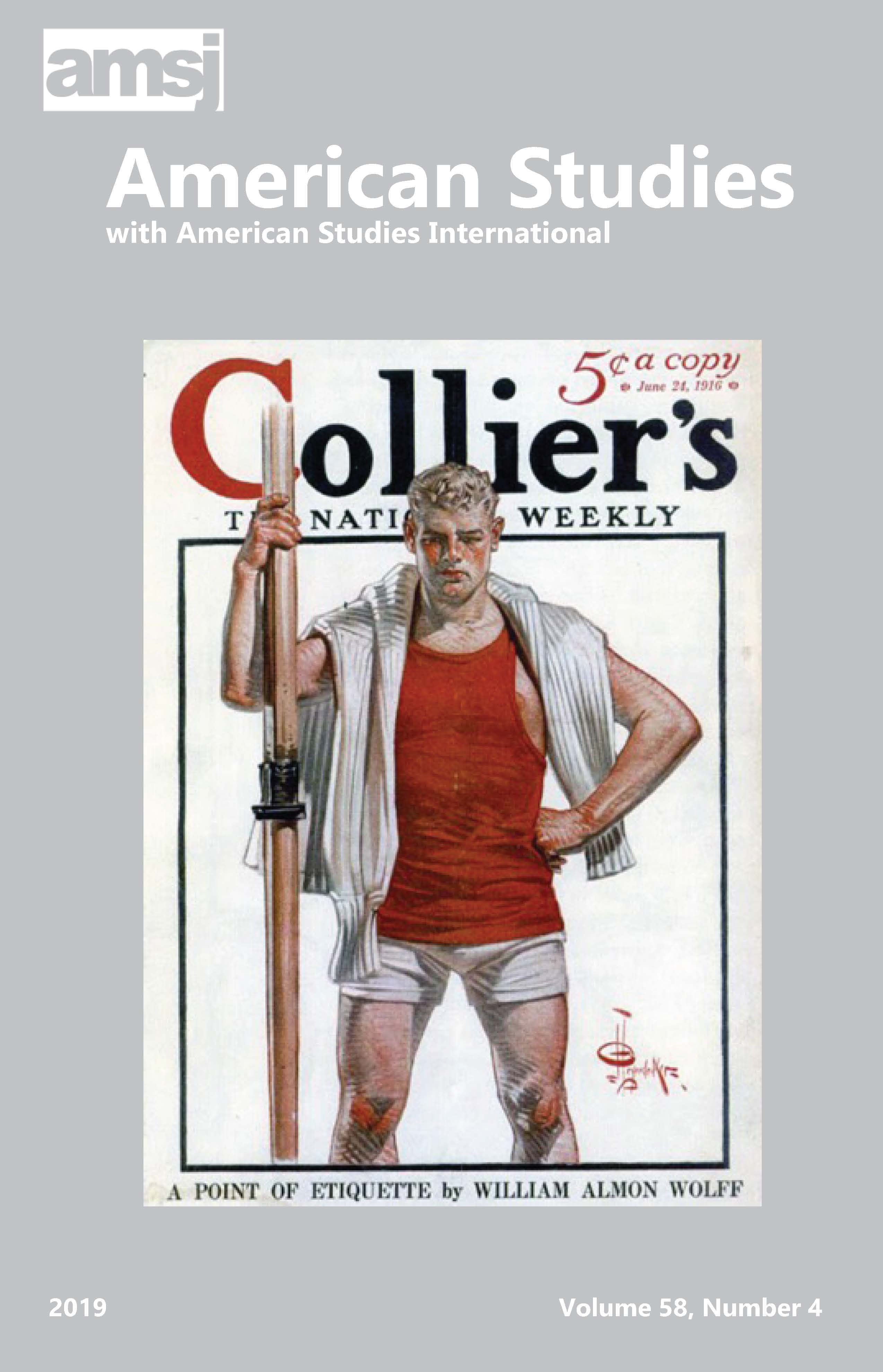Abstract
This article examines how J.C. Leyendecker’s commercial illustrations used cross-gender conventions and tightly-drawn looking circuits to ease the male model into commercial display. Leyendecker’s illustrations were at work during a historical moment of eugenic triumphalism, wherein ideas about white masculinity were intricately tied to notions of sexual and racial domination. Leyendecker’s models articulated both these discourses simultaneously, bringing to commercial advertising male bodies that were at once eugenic and modern, nationalist and queer. The article then connects the role of queer desire in commercial advertising to broader concerns of morale, nation, and American empire during World War I, when illustrators, whose work had been castigated by non-commercial artists since the rise of commercial illustration, saw a profound reversal of their fortunes through the mass success of wartime propaganda campaigns. The success of illustration in war-time signalled the absorption of the feeling-saturated male body into American popular culture, marking the Arrow Collar man as a paradoxically normative and “queer” champion of the American war effort, US markets, and consumer capitalism.
All items © Mid-America American Studies Association
Authors: If you prefer to remove your text(s) from this database please contact the editor.

